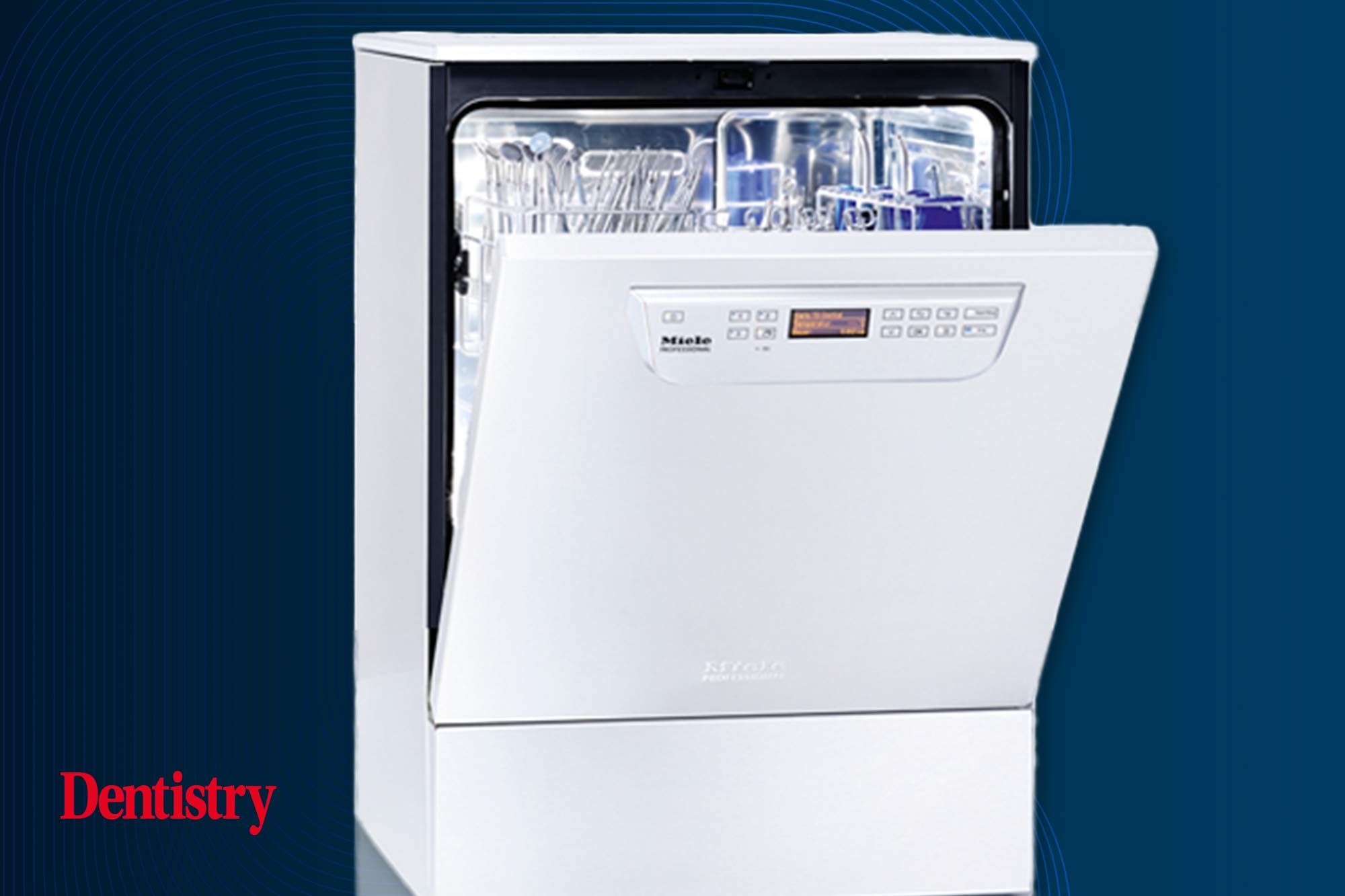
Nicky Varney discusses how a washer disinfector can benefit a busy dental team in an environment with potential cross-infection risks.
As all dental professionals are aware, according to HTM01-05 guidelines, reusable instruments must be free of visible contaminants prior to sterilisation as an Essential Quality Requirement (EQR). There are various potential methods for this, including manual cleaning, an ultrasonic bath or a washer disinfector.
The HTM01-05 guidelines state that a validated automated washer disinfector should be used in order to achieve best practice. SDCEP guidelines likewise advise that for compliance, a washer disinfector is the preferred method for cleaning reusable instruments.
This is due to its thermal disinfection stage that renders instruments safe for handling and inspection, as well as its automated process that can be validated.
Therefore, you should consider making a thermal washer disinfector part of your decontamination workflow to demonstrate that this EQR is now best practice. The benefits of utilising this system are numerous.
If you have not done so already, it is worth exploring how a washer disinfector can streamline your infection prevention protocols.
Thermal disinfection – how does it work?
Thermal disinfection, as defined in the ISO15883-1:2006, is ‘disinfection achieved by the action of moist heat’. This method utilises hot water and/or steam to kill bacteria and viruses, exposing them to a high temperature for a specific amount of time.
This process has been depended on by medical, pharmaceutical and food processing industries for years, to ensure that products and goods are safe for use, handling or consumption.
The temperature used in thermal disinfection can range from 65°C to 100°C, and has demonstrated its effects on the structure and function of biomolecules, and the coagulated proteins, lipids and carbohydrates that comprise cell and virus structures.
Thermal disinfection minimises exposure to bloodborne pathogens by processing staff. This is through the removal of debris and microorganisms from the instruments, so they are ready for inspection and sterilisation. Therefore, thermal disinfection is considered a reliable, consistent and validated disinfection process.
How can a washer disinfector benefit a busy dental team?
Like all other areas in healthcare, the dental environment is home to many potential cross-infection threats.
To demonstrate best practice, it is recommended by the HTM01-05 guidelines to use a validated washer disinfector in addition to an autoclave. While not currently mandatory, washer disinfectors still make for a highly-beneficial investment that all dental professionals should consider.
For example, when compared to the manual cleaning of items prior to sterilisation, using a washer disinfector can reduce the risk of sharps injuries. But it can also ensure that the entirety of the item is clean and free from debris. As all dental professionals know, time is always of the essence in the dental practice, and the use of a washer disinfector can save time for the dental team when compared with manual instrument cleaning.
Washer disinfectors put dental instruments through a comprehensive cleaning process. Firstly, cold water is used to remove contaminants such as blood, tissue debris, proteins and fluids. HTM01-05 guidelines state that water under 45°C will prevent the coagulation of protein and fixing of soil to the instrument.v A detergent wash then
loosens up and breaks any remaining contamination that is adhering to the instrument. This is followed by a detergent rinse, and then a thermal disinfection, whereby the temperature of the load rises and is held for the required holding time.
Finally, the contents of the washer disinfector are dried and ready for inspection before sterilisation. This thorough process provides much-needed confidence that the dental instruments are sufficiently cleaned and ready for the autoclave.
Protect your equipment
Like any piece of equipment in the dental surgery, regular maintenance and servicing of a washer disinfector is vital to ensure its longevity, and to make sure it is always operating at its best. When looking to invest in a washer disinfector, it is wise to be mindful of the company’s service offerings. This helps to ensure that, in the rare event that assistance is needed, it can be easily accessed with minimal downtime.
Eschmann offers the Miele PG8581 underbench washer disinfector, a free-standing system configured specifically for dental practices. The Miele PG8581 features a unique dental cycle which is validated and compliant to HTM01-05 and SDCEP guidelines.
It is also available with Eschmann Care & Cover, a comprehensive service that offers complete breakdown cover and regular maintenance, unlimited Eschmann parts and labour and Enhanced CPD User Training, all with no hidden costs.
For more information on the highly effective and affordable range of infection control products from Eschmann, please visit www.eschmann.co.uk or call 01903 875787.
Email [email protected] for references.



